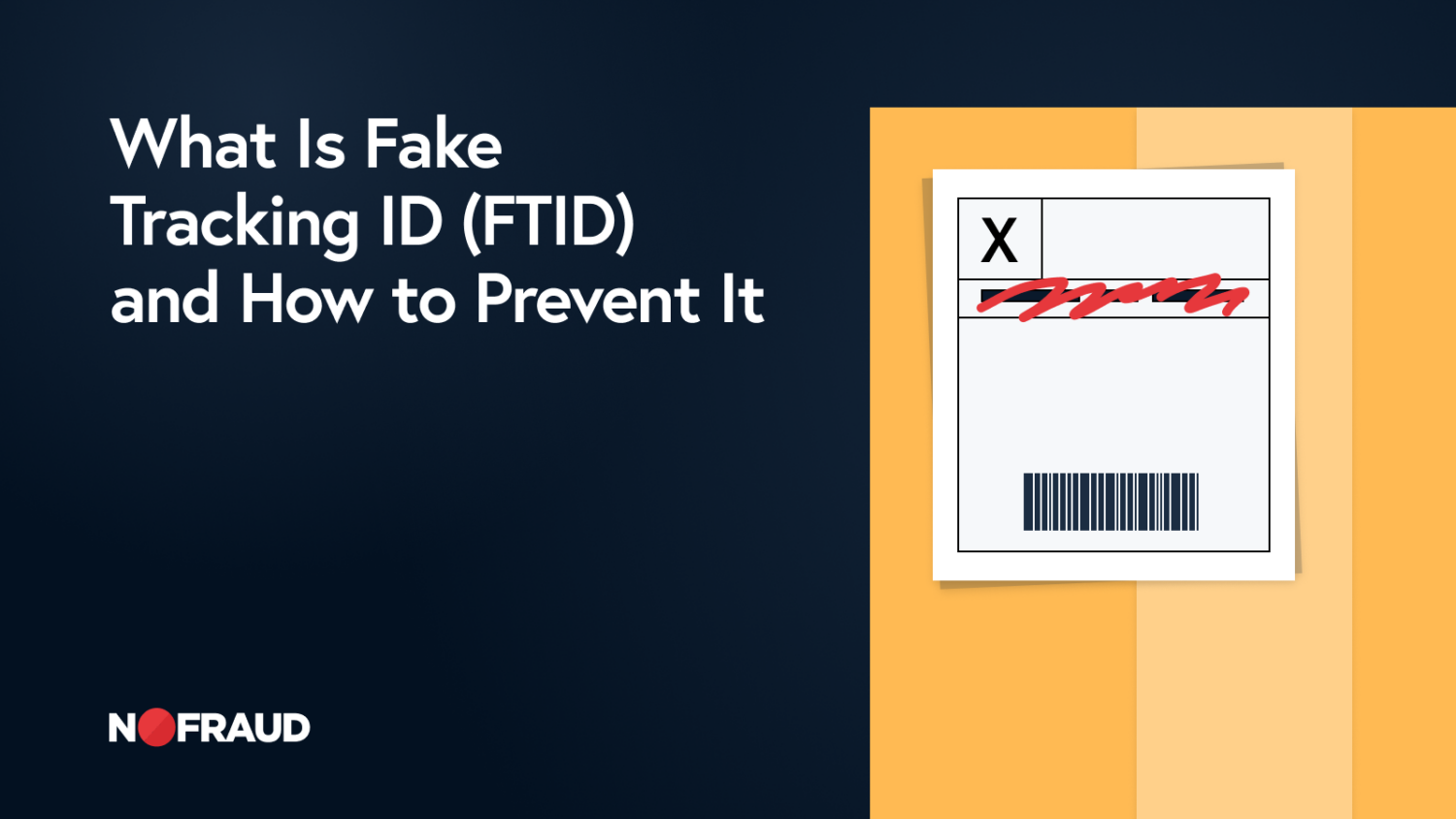Phishing is a type of cyberattack or social engineering technique where attackers attempt to deceive individuals into revealing sensitive and confidential information, such as login credentials, financial details, or personal information. This is typically done by posing as a trusted entity or individual through various means, often through email, but also through other communication channels like text messages, social media, or phone calls. The goal of phishing attacks is to trick the victim into taking specific actions that benefit the attacker, such as clicking on a malicious link, opening a malicious attachment, or providing sensitive information.
How Phishing Happens
- Deceptive emails: The most common phishing tactic involves sending emails that mimic legitimate communications from well-known brands, enticing recipients to click on malicious links or attachments.
- Spoofed websites: Fraudsters create fake websites that resemble legitimate ecommerce platforms. Unsuspecting users enter their login credentials or payment information, which goes straight to the attackers.
- Social media scams: Phishing attempts may also occur via social media, where fraudsters use direct messages or fake ads to trick shoppers into visiting phishing sites — fraudulent copies of a legitimate website — or disclosing personal information.
- Smishing (SMS phishing): Phishers will send text messages, posing as a store representative or shipping carrier, that prompt unsuspecting shoppers to provide sensitive information or download malware.
- Spear phishing: Targeted attacks aimed at specific individuals or companies, often using personal information to make the scam more convincing.
- Vishing (voice phishing): Phone calls to deceive people into surrendering personal information.
How to Prevent ecommerce Phishing
- Educate your team and customers. Regularly update your team and customers about the latest phishing schemes and social engineering techniques. Teach your team how to scrutinize emails, links, and attachments to ensure they are safe. Perform simulated phishing attacks to train employees to recognize and respond appropriately to phishing attempts.
- Implement advanced security measures. Utilize email filtering, web filtering, and anti-phishing software to detect and block phishing attempts.
- Secure your website. Ensure your website uses HTTPS and educate customers to look for the security padlock in their browser before entering any personal information.
- Add an extra layer of security to ALL accounts. Require all customers to set up multi-factor authentication (MFA) for store accounts; and require the same of employees for all the tools they use for work.
- Regularly monitor and audit your systems. Regular checks can help detect any unusual activity and prevent potential breaches.


